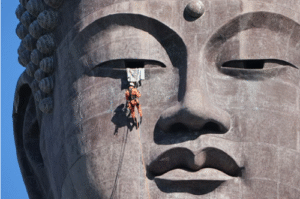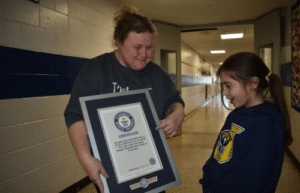Exactly! You’ve touched on a pivotal moment in Indian railway history — the very beginning of indigenously-built railway coaches in India. Here’s a deeper dive into that landmark event:
Steward and Company
Seton and Company
— Both based in Calcutta (now Kolkata), West Bengal
John Hodgson
— He served as the Chief Engineer of the East Indian Railway (EIR) at the time, and played a key role in overseeing this historic project.
Date: 15 August 1854
From Howrah (near Kolkata)
To Hooghly (approx. 39 km away)
This marked the first passenger train journey on the East Indian Railway.
It followed India’s first-ever train journey from Bombay to Thane on 16 April 1853 (operated by the Great Indian Peninsula Railway), but it was the first time coaches made in India were used.
The coaches were made locally, using materials like wood and iron fittings.
They were designed to resemble European carriage styles, but adapted to Indian conditions.
These were non-air-conditioned, open-window coaches, with simple interiors.
Showcased India’s early capability in rolling stock manufacturing
Set the stage for the growth of indigenous railway engineering
Preceded the rise of major Indian factories like Integral Coach Factory (ICF) in Chennai and Rail Coach Factory (RCF) in Kapurthala decades later
The East Indian Railway was crucial for connecting eastern ports with inland trade routes, and helped open up Bengal’s economy.
John Hodgson, as chief engineer, also contributed to laying down railway lines across tough terrains in eastern India.





